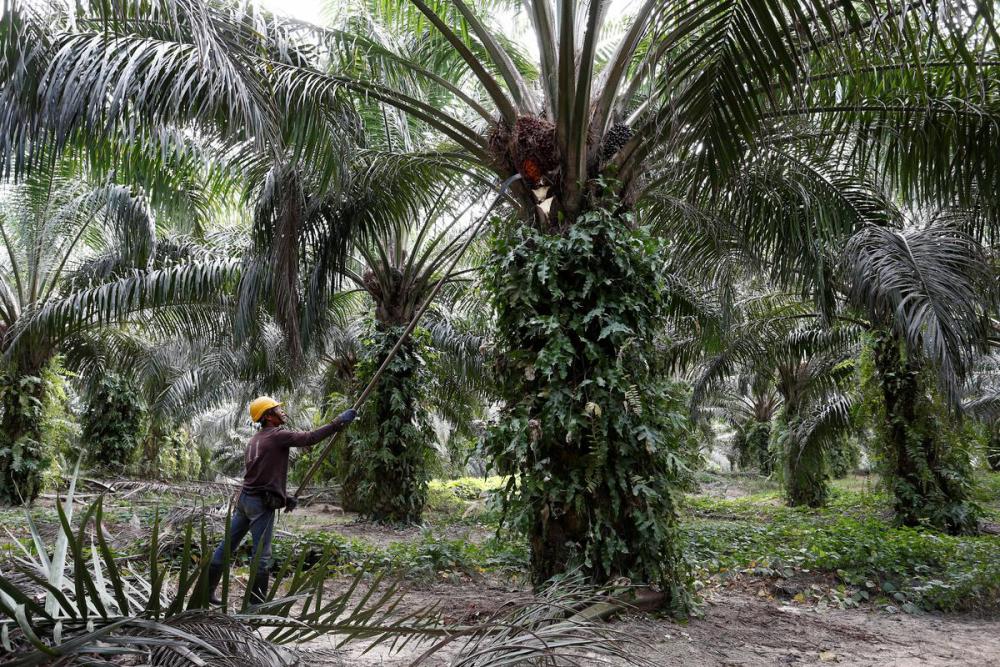KUALA LUMPUR: The application of new technological advances and other innovations associated with the Fourth Industrial Revolution, which offer a tremendous potential to boost productivity, is significantly lagging in the oil palm sector.
Sultan of Perak Sultan Nazrin Muizzuddin Shah, in his royal address at the Centenary Conference of the Incorporated Society of Planters, urged the industry players to overcome this hindrance in order to achieve a greater sustainable industry, given the current yields have been more or less stagnant for decades.
He said new technologies and applications hold much promise in economic as well as environmental terms — whether from genetic breakthroughs; the discovery of new processing methods or uses; or the achievement of greater efficiency in existing production and distribution process.
“Other new technologies will prove equally transformative, and innovation in the sector should be encouraged and supported as much as possible, in order to exploit the full potential of the current wave of technological advance.
“Innovative approaches will also be necessary to meet the growing environmental challenges that will likely be faced,“ he said.
Sultan Nazrin said one study found that the number of entrepreneurs developing agricultural businesses based on cutting-edge technologies is just one-twentieth of those in the health care sector, and with only one-tenth of the investment.
In terms of potential, he said it can be seen in the large gap between the average yield of around 20 metric tonnes per hectare per year, and what is deemed possible by industry plant breeders, of 35 or even 40 tonnes per hectare.
“More attention should be given to the question of how these much higher yields can be achieved throughout the sector.
“Smallholders will again require particular attention and support,“ he explained.
Sultan Nazrin further elaborated that boosting productivity would also require a more efficient balance to be achieved between labour, machinery usage, as well as relative costs.
This must take into account the ongoing hiring constraints, and address the losses of as much of between 10 and 20% of production caused each year by labour shortages, he added. — Bernama













